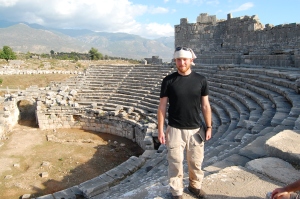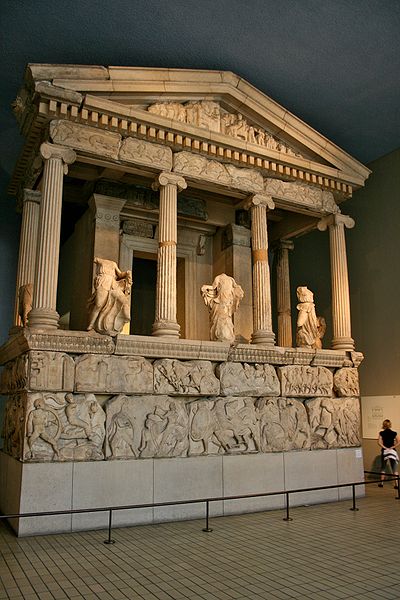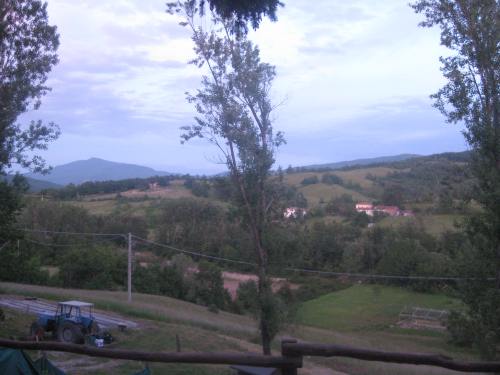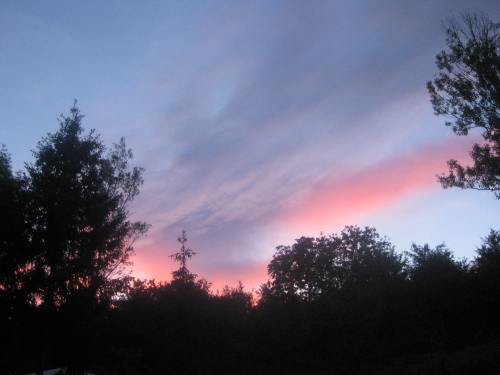I don’t terribly feel like writing a recap post of my past few weeks, but I’ll throw out a few of the highlights so I don’t feel too negligent.
Israel:
Stepping out into the surf at Caesaria, 24 hours after walking home in the middle of a new york blizzard.
The 3 half hour hikes on my “Israel Outdoors” trip.
Running at a dead sprint from our tel aviv hotel into the mediterranean, barely breaking stride to take of my clothes.
Watching the guy behind me not bother to take of his clothes, as he sauntered out chests deep carrying a beer and a cigarette.
The old city in Jerusalem. It’s like a medina with street cleaning.
Cleaning my pants. It might not sound like much, but when you only have one, this can be a highlight.
The West Bank:
Hopping off the 20 minute wormhole of a bus ride to east jerusalem. What’s that saying about not being in Kansas anymore?
Paying one fifth the price for falafel.
Sharing a cab with a 15 year old girl carrying an advanced chemistry textbook.
The sunset on our busride back from Jericho
Eating lots of cheap delicious beans off the street
Actually getting an idea of what the Palestinian state could look like and feeling pretty positive about it.
Jordan:
Not being in Egypt.
Paying what I felt like has to be the source of half this country’s GDP to get into Petra ($75 US are you kidding me?*)
Staying out in the desert of Wadi Araba. Cooking on a fire, carrying out all our water for 3 days, and sleeping with my friend Ghassab in his cave. I could barely make out the constellations there were so many other stars in the sky.
Smoking Nargilah on the beach at sunset and looking out across the Red Sea to Israel and Egypt.
Did I mention not being In Egypt?
Hiking out in Wadi Rum, ten times as amazing as Petra and interestingly one tenth the price.
Blowing out my quads trying to climb the largest sand dune I’d ever seen. I had jelly legs for days.
Witnessing the true meaning of the word flashflood as the first rain in months created a 2 foot deep river of rushing water that would have gone right through the center of our camp had it not been for some head’s up dam building.
And that about does it. I fly out for India in 3 days (changed my flight after it didn’t seem like I’d make the one from Cairo), and I’ll try and post again beforehand. Maybe tomorrow I’ll even throw in some compelete sentences.
Cheers Y’all.
Has Anybody ever been to a tourist site site that’s this expensive? I haven’t heard of one.





